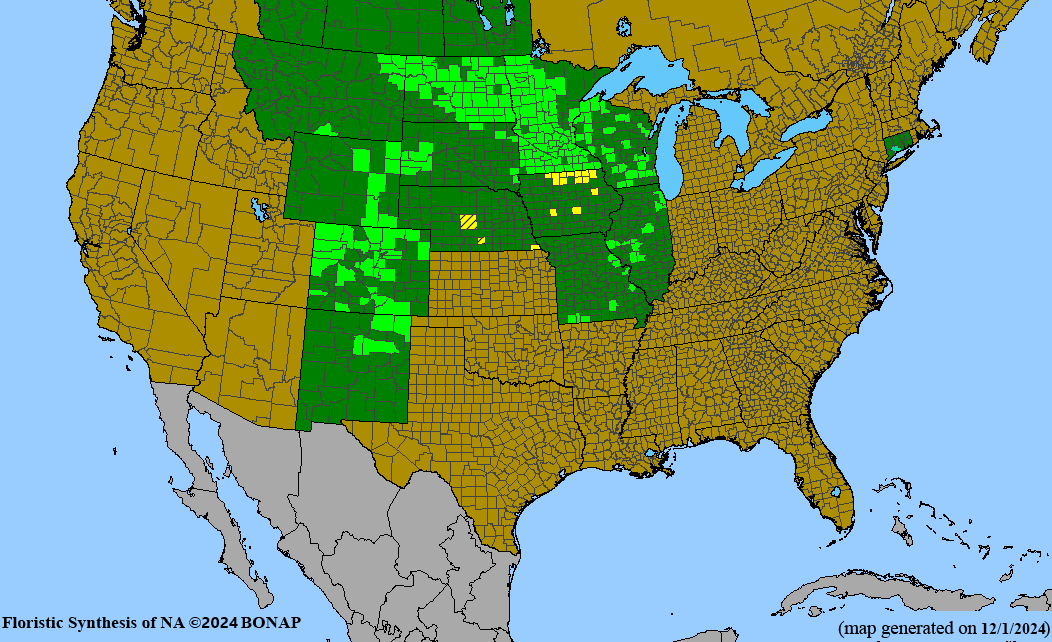Virginia Bluebells
Regular price$4.00
/
Tax included.
1 review
Description
Virginia bluebells (Mertensia virginica) are beautiful spring wildflowers native to eastern North America. They're known for their:
- Delicate sky-blue flowers: These bell-shaped beauties start as pink buds and gradually turn a soft, porcelain blue as they mature. They bloom in clusters in early spring (March to May) for about three weeks.
- Woodland charm: Virginia bluebells thrive in shady, moist environments like forest floors, making them perfect for shady gardens or under trees. They prefer rich, well-drained soil and dislike being transplanted.
- Pollinator haven: Their nectar attracts early-season bees, butterflies, and hummingbirds, making them a valuable addition to any pollinator-friendly garden.
- Easy care: Once established, they're relatively low-maintenance and spread slowly to form large colonies over time. However, they can be slow to germinate and grow from seeds.
Here are some additional things you might be interested in about Virginia bluebells:
- Other names: They also go by Virginia cowslip, lungwort oysterleaf, and Roanoke bells.
- History: They were even grown by Thomas Jefferson in his gardens at Monticello.
- Symbolism: Their delicate beauty and ephemeral nature have led them to be associated with new beginnings, hope, and remembrance.
Virginia bluebells are native to a range of states in eastern North America, stretching from the north in New York and Minnesota to the south in Arkansas and North Carolina. Here's a more detailed breakdown:
Northern Border:
- New York
- Pennsylvania
- Ohio
- Michigan
- Indiana
- Illinois
- Wisconsin
- Minnesota
Southern Border:
- Arkansas
- Mississippi
- Tennessee
- Kentucky
- Virginia
- North Carolina
They primarily found in moist woodlands, floodplains, and shady edges of forests. You might also find them scattered in other areas with suitable conditions, but their core range lies within these states.


